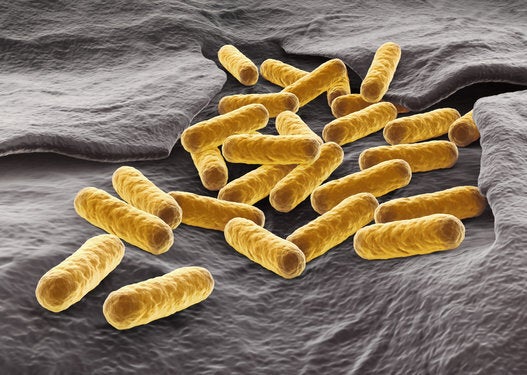
Now that spring is solidly here, we can think about having picnics and cooking meat on the grill. But we should also consider how we’ll do all these things safely — while food poisoning is a risk at any time of year, the warmer temperatures of spring and summer add particular risks
None of us wants to be one of the approximately four million cases of foodborne illness in Canada every year, according to the Canadian Food Inspection Agency.
Food poisoning — or more technically, foodborne illness — is caused by eating food contaminated by either infectious organisms like bacteria, viruses, and parasites or the toxins created by those organisms. These are some of the most common contaminants:
•Campylobacter: Meat and poultry; symptoms appear in two to five days
•Clostridium botulinum: Improperly canned foods and food kept too long at warm temperatures; 12 to 72 hours
•E. coli: Beef contaminated with feces during slaughter and unpasteurized milk and cider; one to eight days
•Listeria: Hot dogs, luncheon meats, unpasteurized milk and cheese, unwashed raw produce; nine to 48 hours
•Noroviruses: Raw produce, contaminated shellfish, infected food handler; 12 to 48 hours
•Rotavirus: Raw produce, infected food handler; one to three days
•Salmonella: Raw or contaminated meat, poultry, milk, or egg yolks; one to three days
•Staphylococcus: Meat, prepared salads, cream sauces, cream-based pastries; one to six hours
Contamination can happen at any point in the food-production cycle, from on the farm to in your kitchen. The cause is often cross-contamination, or the transfer of harmful organisms from one surface to another, the Centre for Disease Control in the United States reports. There is also particular risk for foods that are raw and ready to eat, because they aren't cooked or heated before they’re eaten.
The most common symptoms of food poisoning, according to the Mayo Clinic, are nausea, vomiting, and diarrhea. Whatever symptoms you have, they can easily show up within hours of eating contaminated food, but also not show up until days or even weeks later. This wide range can sometimes make it hard to know what led to your illness, or to track down the cause of wider outbreaks of foodborne illness.
Before you call the professionals, here are nine things you should know about food poisoning, including how to prevent it and who's most likely at risk.

For food, stick to bland foods for easier digestion. If you are breastfeeding or using formula, continue to feed your child as you normally would.
For young children, older adults, and those with weakened immune systems, oral rehydration fluids like Pedialyte may be helpful. Always talk to your doctor first.


Dehydration is particularly serious for older adults, infants, and people with suppressed immune systems or chronic illnesses.






Put perishable food in the freezer or fridge within two hours or purchasing or preparing them, or within one hour if the room temperature is 32.2C or higher. Defrost food in the fridge, not on the counter.